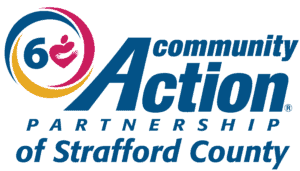Mentioned in this post:
Electric Assistance Program (EAP)
The New Hampshire Electric Assistance Program (EAP) gives eligible customers a discount on their monthly electric bills—anywhere from 8% to 76% depending on your gross household income and household size. This discount can make your electric bills more affordable, help waive late fees and deposits, and prevent service disconnects. Benefits and participation are subject to availability of funds.
Applications are accepted year-round for the Electric Assistance Program.
Learn more here.
Fuel Assistance Program (FAP)
The federally funded Low-Income Home Energy Program (LIHEAP), also known as the Fuel Assistance Program (FAP), provides qualified households with assistance in paying their heating bills during the winter heating season. Your benefits are calculated based on number of household members, household income, energy costs and housing type among other things. This allows those households with the lowest incomes and highest energy costs to receive the highest benefits.
The Fuel Assistance Program runs from November 1 – April 30, and applications are accepted starting July 1.
Learn more here.
